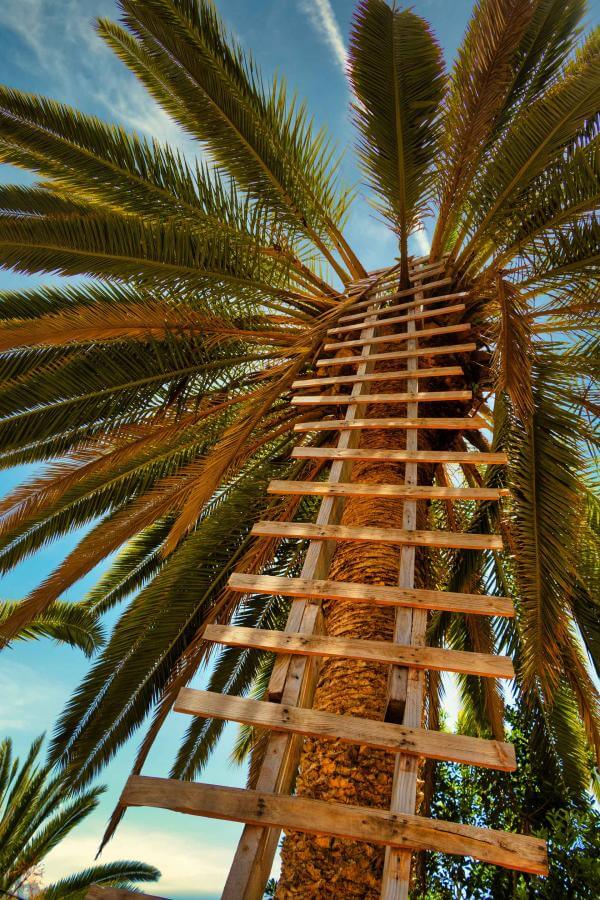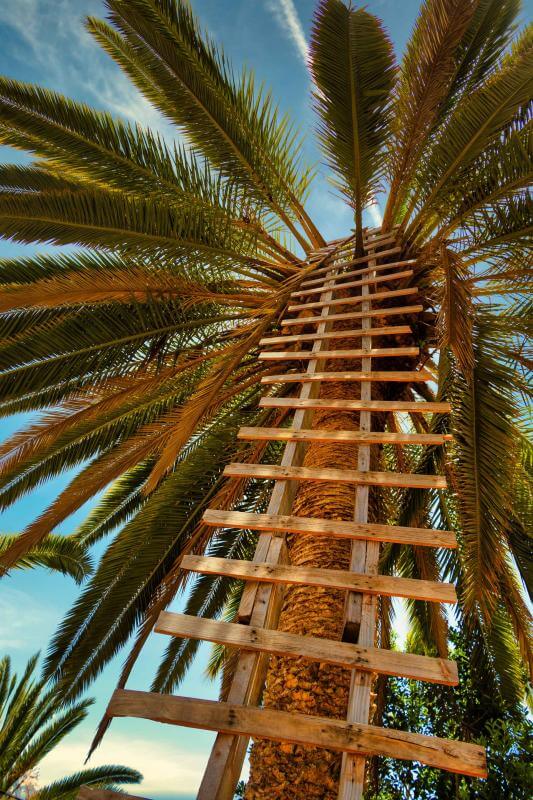Some are known worldwide, but others are still kept as secrets. These are professions that only exist in the Canary Islands and are a hallmark of the islands.
Beyond the obvious charms, the Canary Islands conceals secrets that make this archipelago a unique place. Where else can we meet someone who is a professional whistler? Or someone who defines himself as a guarapero [person who produces palm honey]? These are some of the professions that can only be found in the Canary Islands, some of which would be on the verge of disappearing if it were not for the efforts of a few romantics.
Whistler
"What do you do for a living?" "I'm a whistler." The conversation probably does not usually take place in these exact terms – too bad! – although the popular silbo is an institution in La Gomera, a sui generis language still used by some inhabitants to communicate through the ravines. The silbo gomero transforms the vocalized sounds of any language into tonal whistles that can be recognized from a distance. This peculiar language is so highly appreciated that it is taught as a compulsory subject in the schools of La Gomera, and may be taught in all Canarian schools as an optional subject. Silbo teachers, as well as master whistlers (accredited monitors), are therefore aware that they are involved in a minority profession that brings a smile to the faces of those who are not familiar with this deep-rooted tradition.
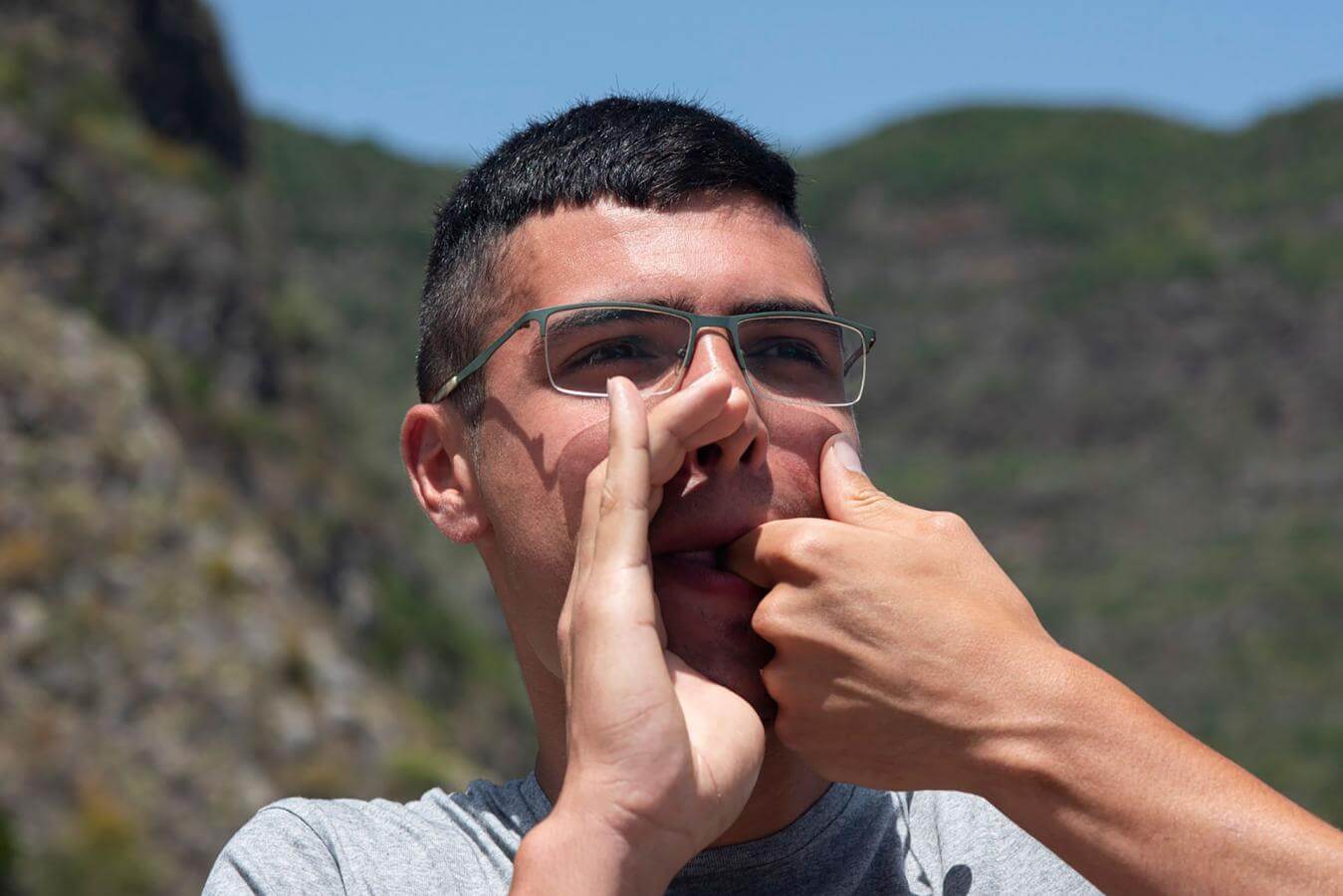
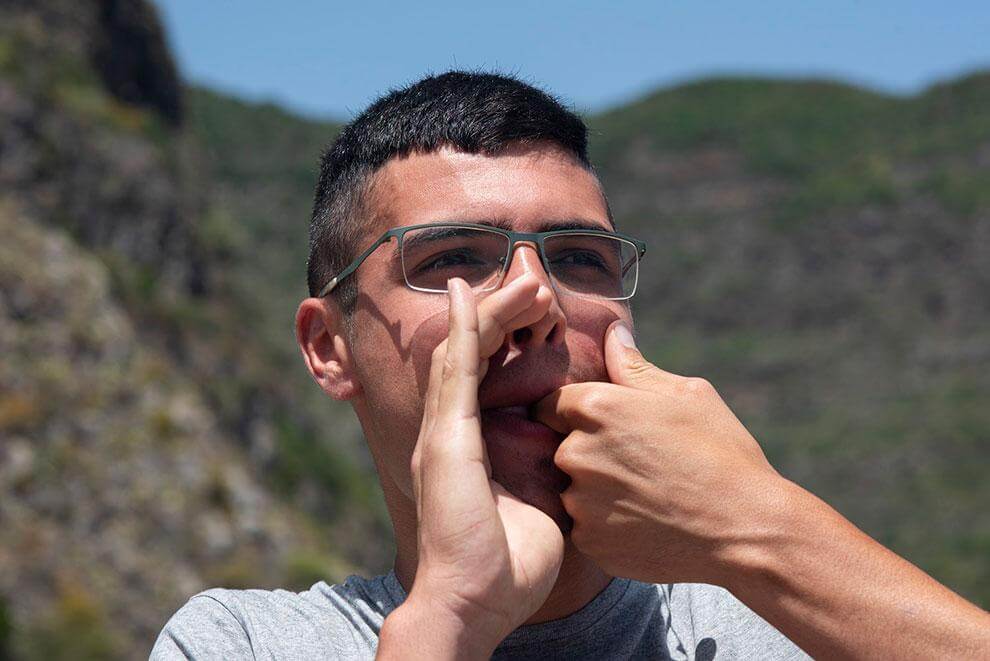
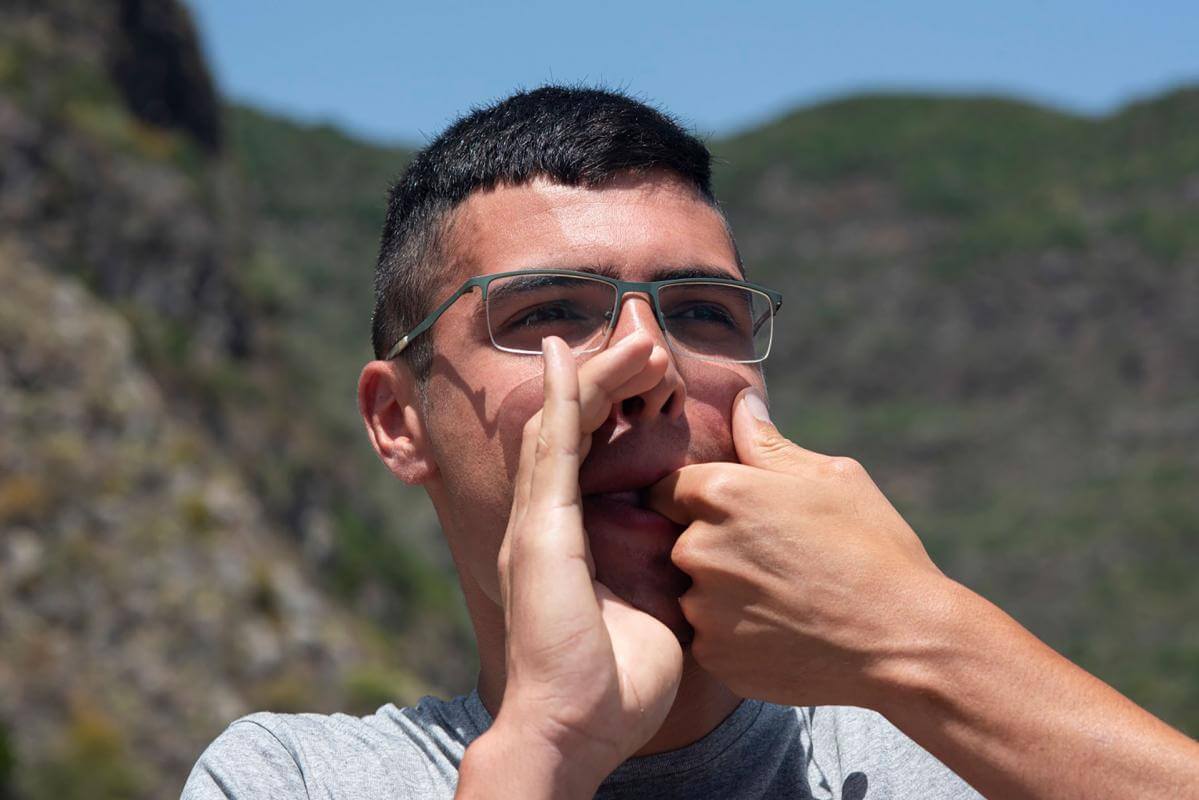
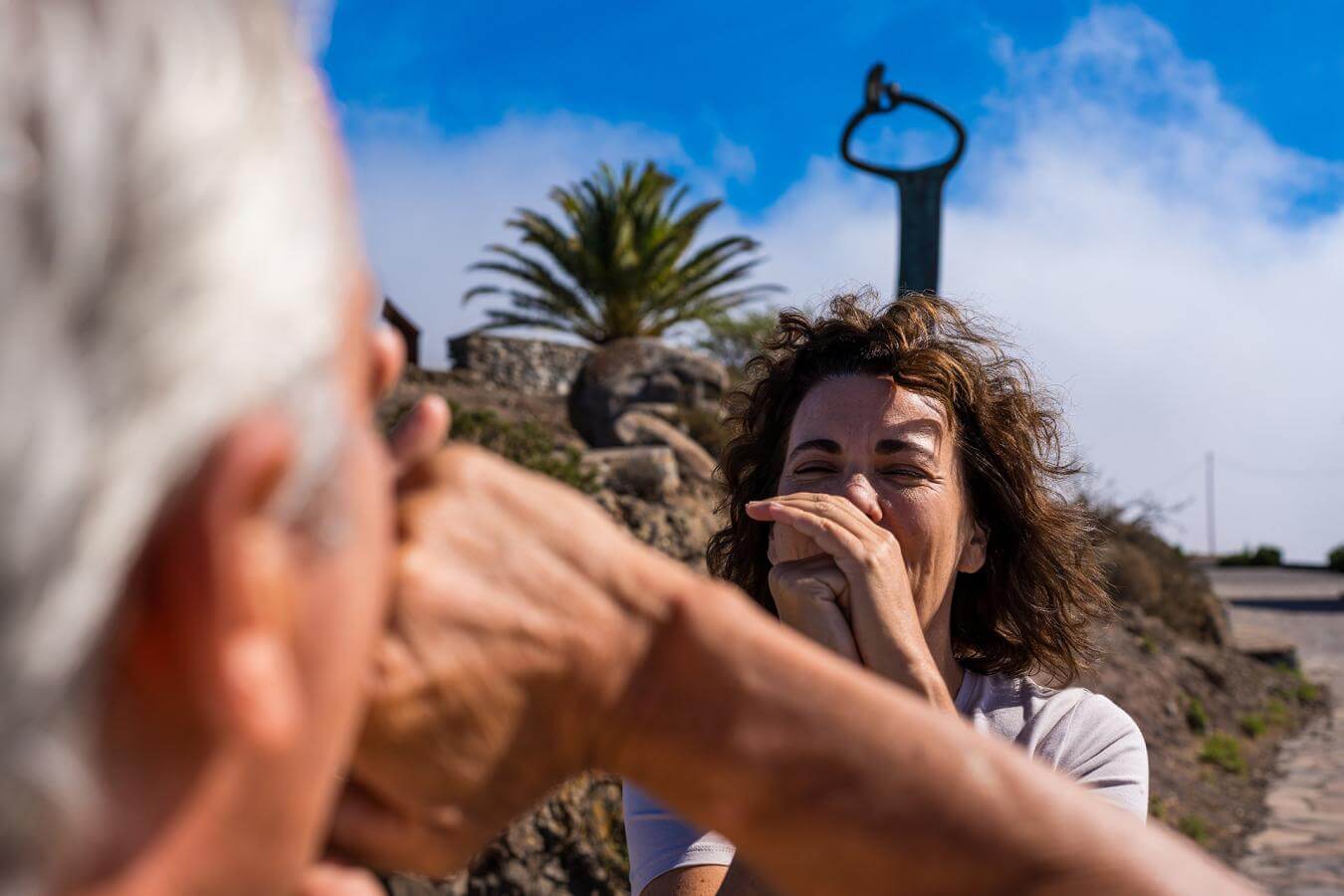
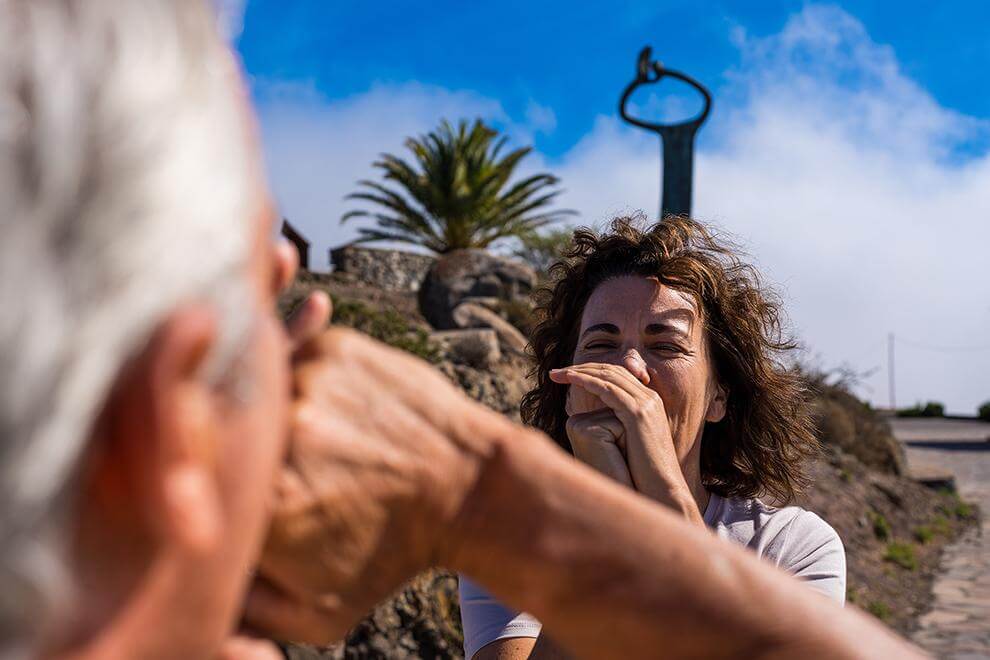
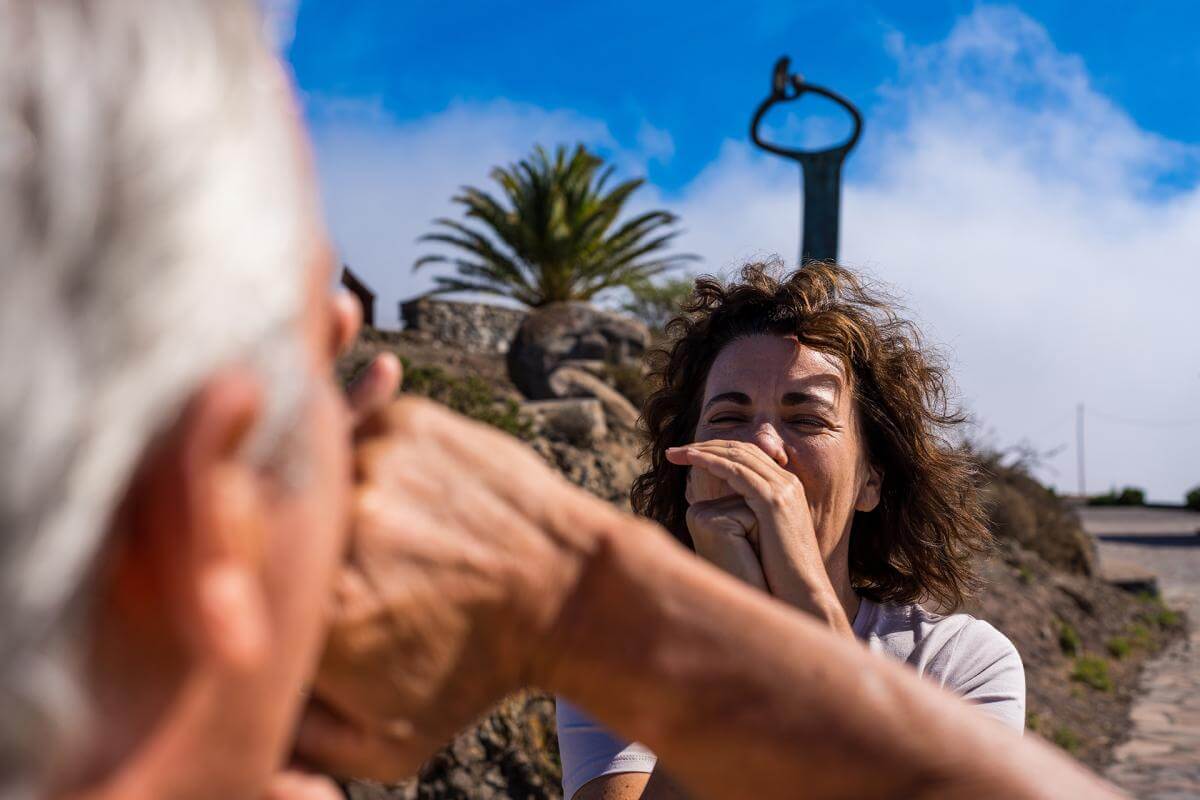
Wrestler
Canarian wrestling is an ancestral sport that dates back to the first inhabitants of the islands, so that each one developed its own form. It consists of a match whose purpose is to unbalance the opponent – always without hurting the opponent – until the person touches the ground with any part of the body other than the soles of the feet. It is practiced in a terrero (sand floor) and there are numerous competitions and tournaments, both insular and regional, under the auspices of the Canarian Wrestling Federation.
Guachinchero
Never has a profession been so threatened as that of the guachinches regents, who see day after day how numerous restaurateurs with a nose for business appropriate their nomenclature and name establishments guachinches even though they are not. The guachinches became popular around 1950 in the north of Tenerife, when the winegrowers of the island began to sell the surplus wine from their harvest at very low prices in their own homes – in the garage or in a room set up for this purpose – accompanied by traditional homemade dishes. Intrusiveness, however, threatens to put an end to a profession, the guachinche regent, which is a hallmark of Tenerife's culture, since today many bars, wineries and even restaurants call their establishments by this name.
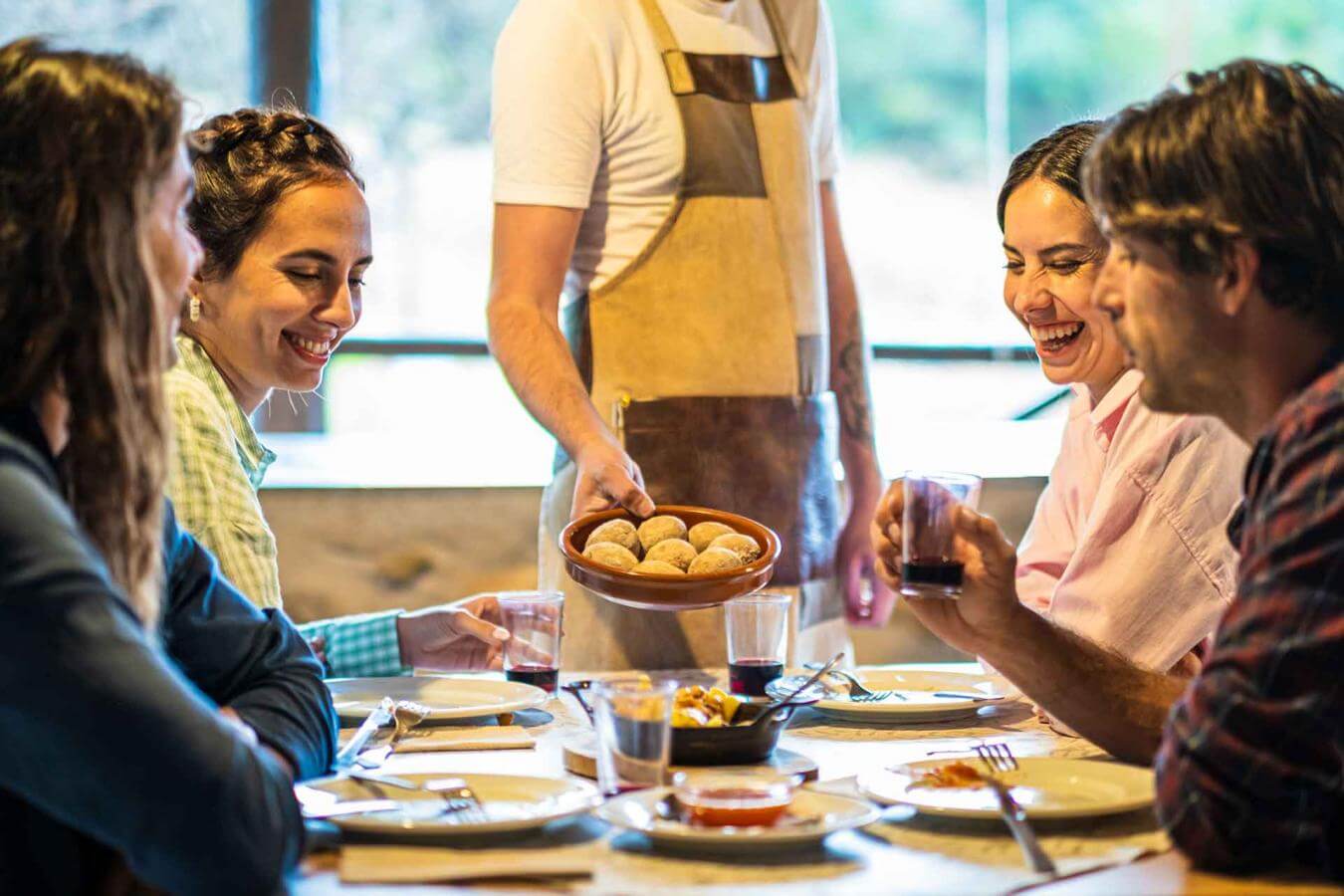

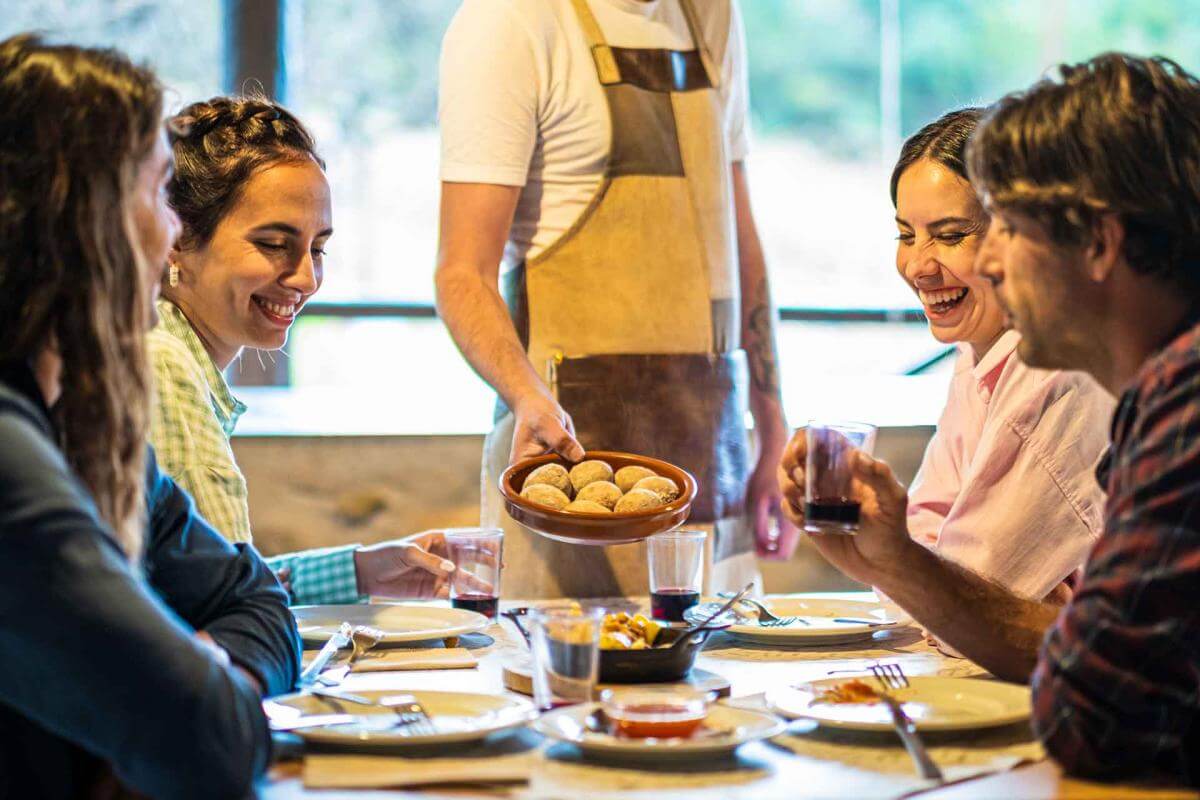
Gofio Miller
This romantic and difficult profession is so minor that, apparently, there is only one miller remaining in the whole archipelago. Francisco Cabrera runs the mill in La Asomada (Fuerteventura), where day after day he dedicates himself to producing this milled and toasted cereal flour (wheat, corn or barley), which for centuries has fed the inhabitants of the island. Gofio is a nutritious and versatile food, which in the Canary Islands is consumed in the most diverse ways. One of the most popular is at breakfast, with milk and cheese.
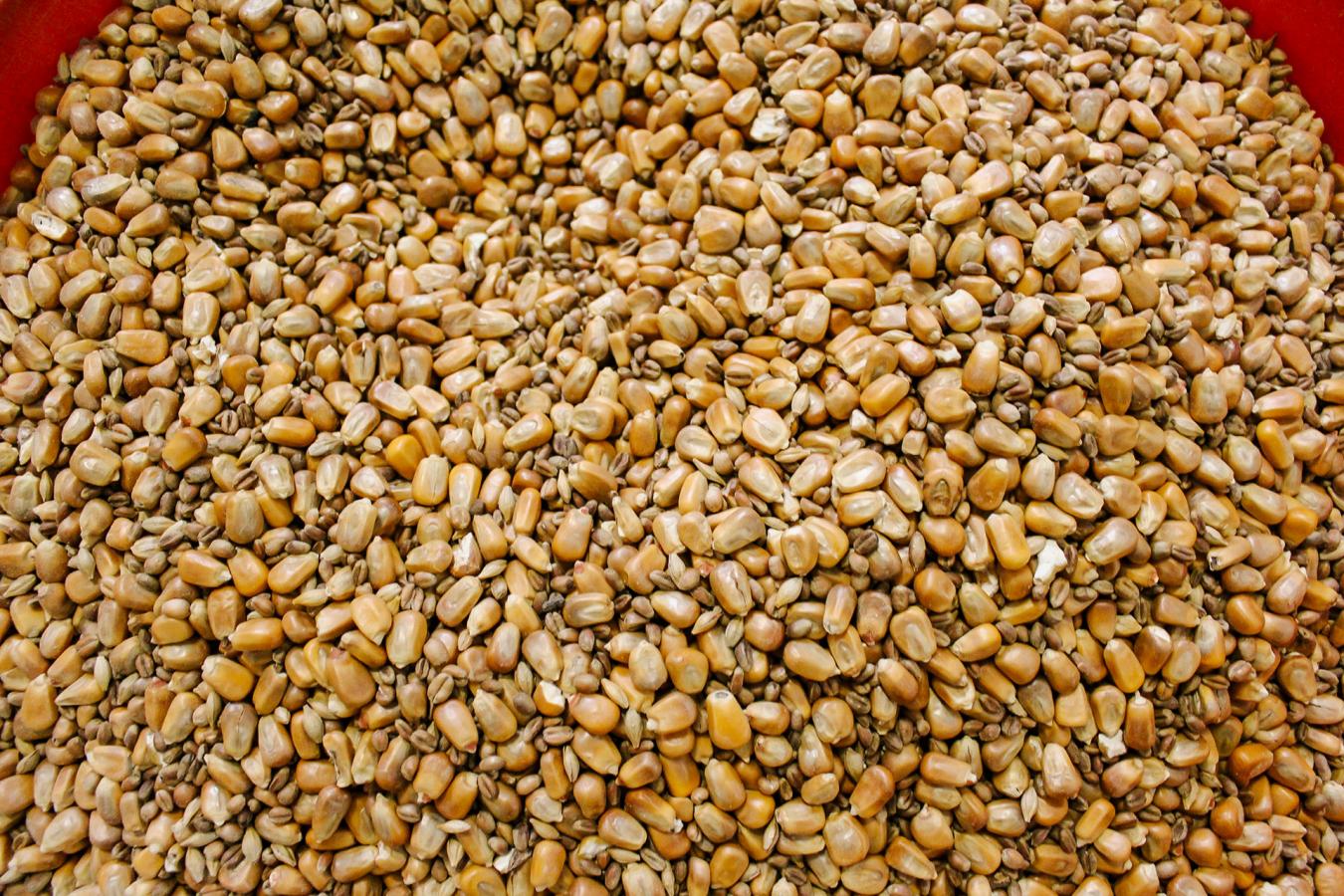
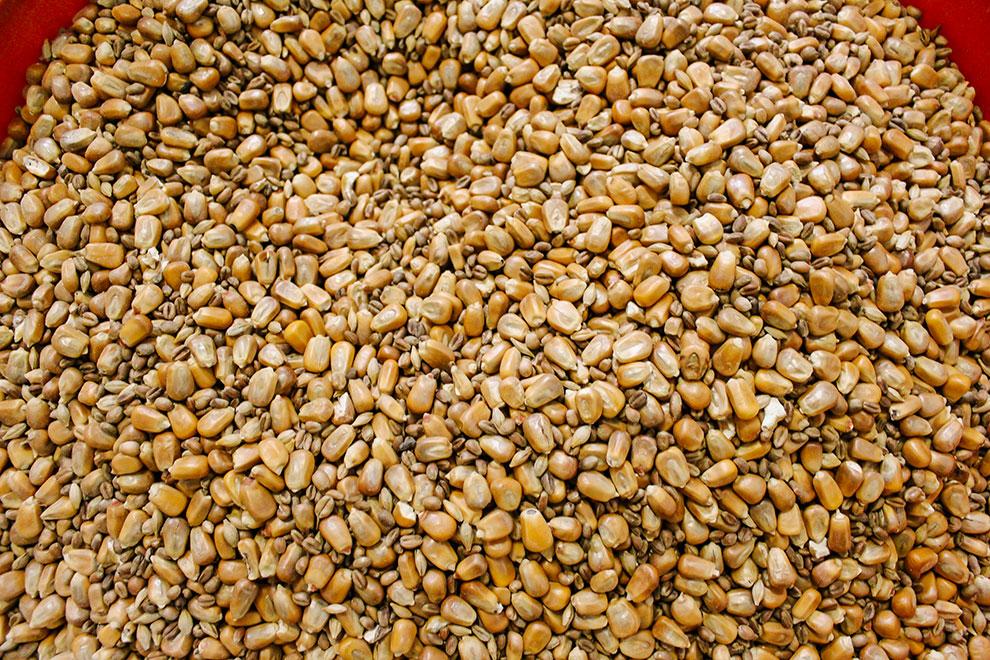
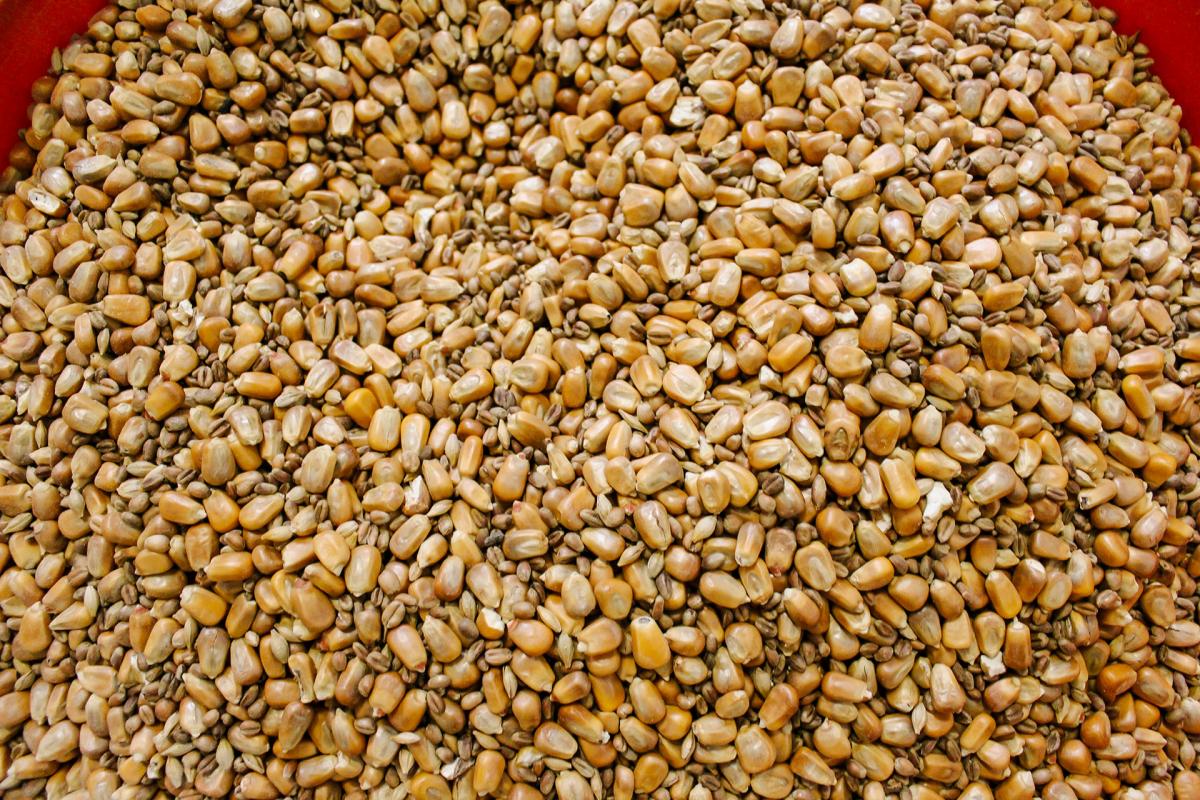
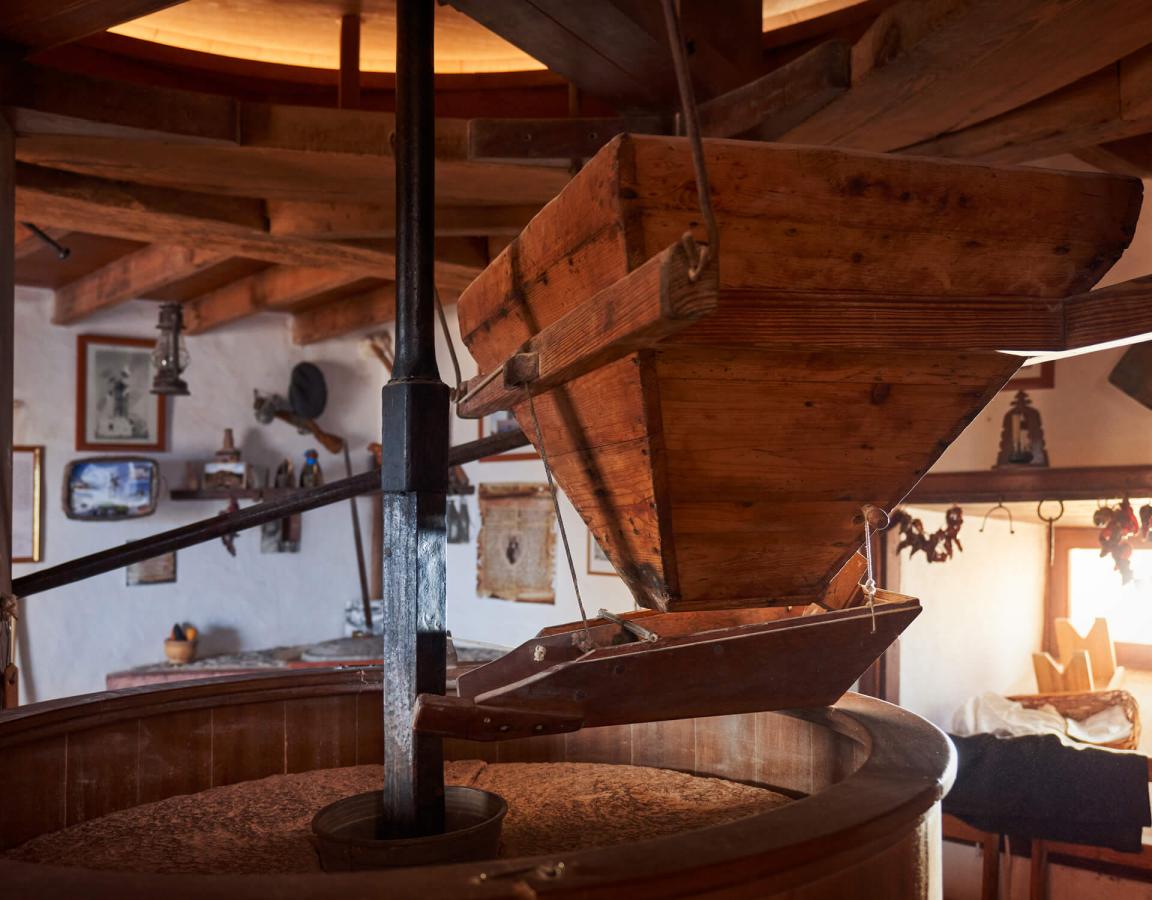
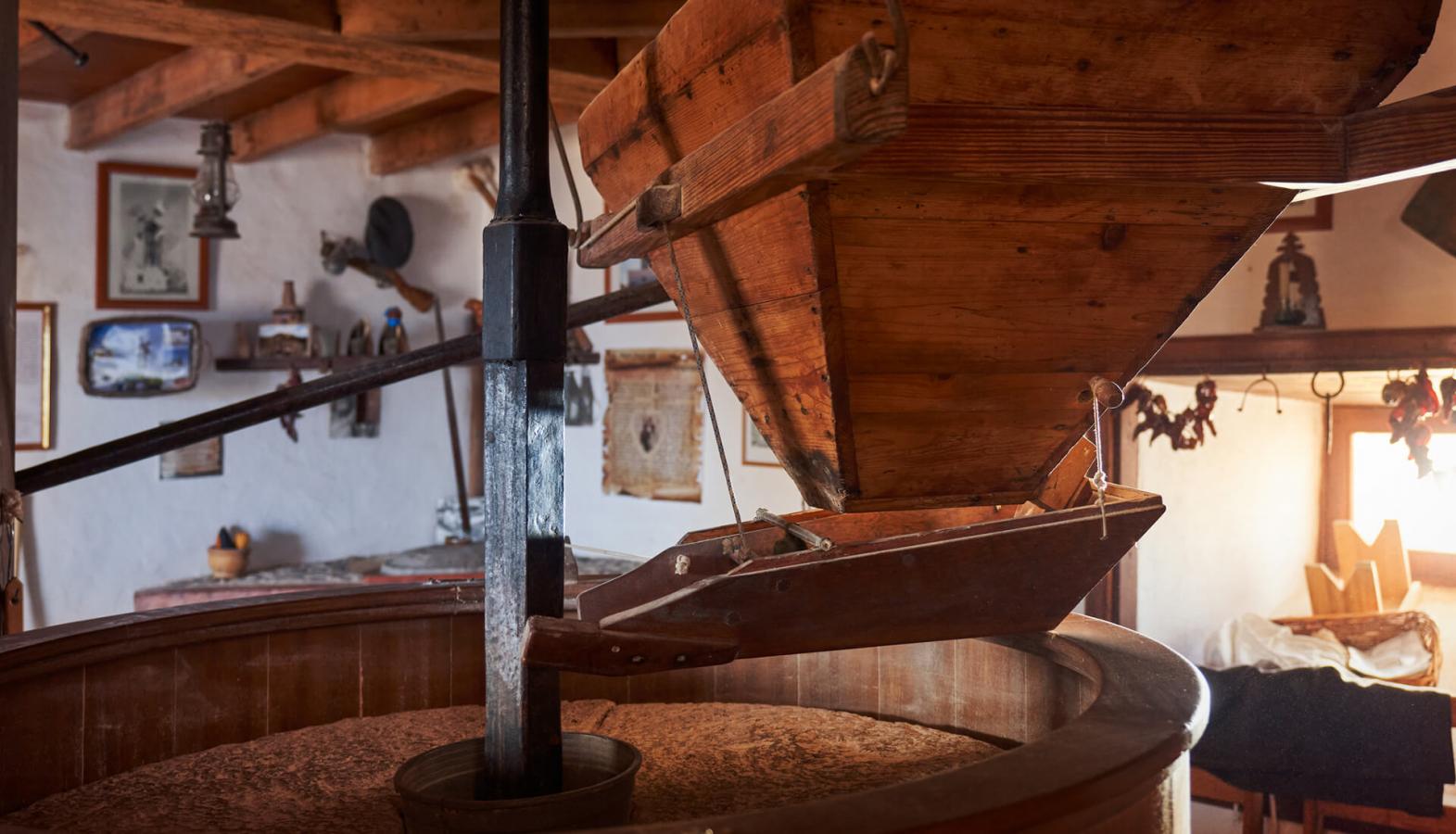
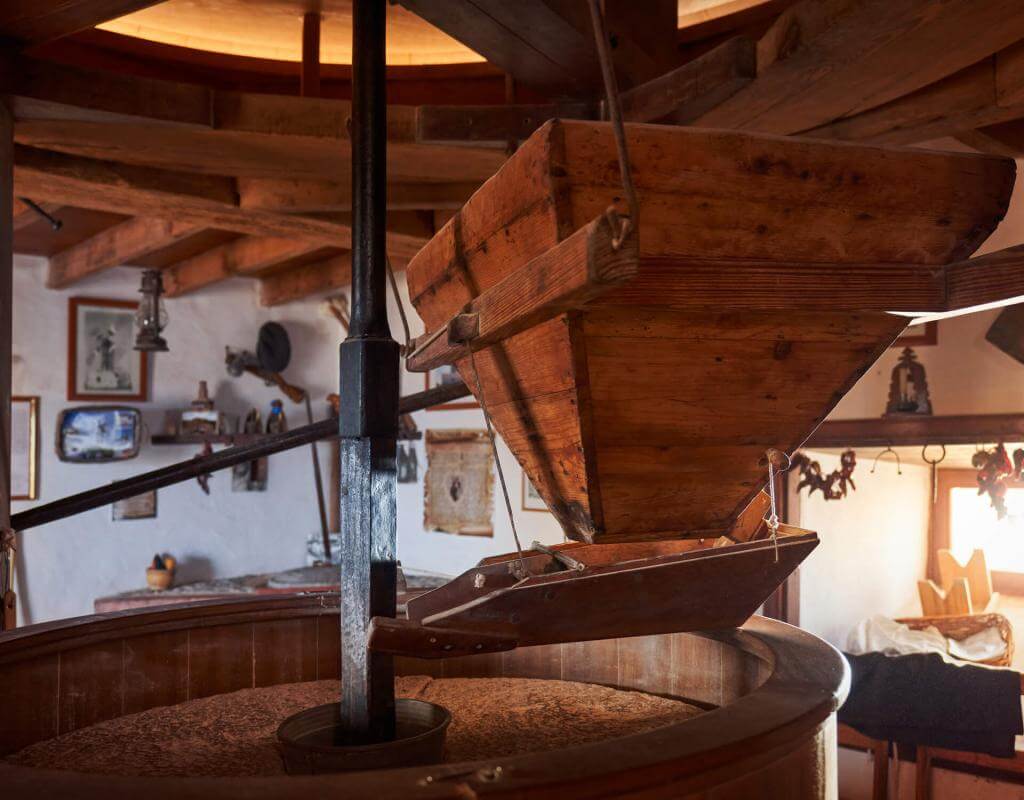
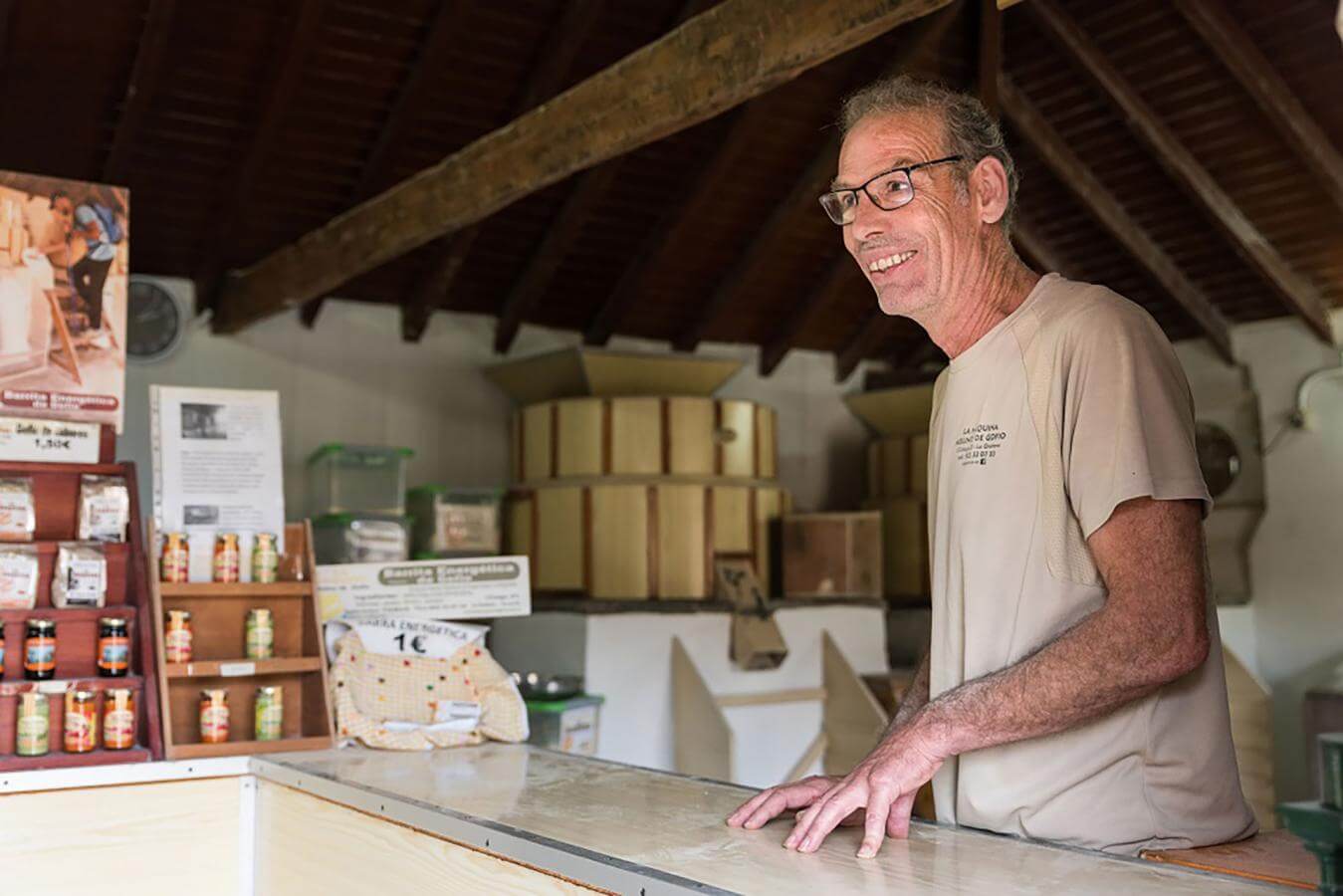
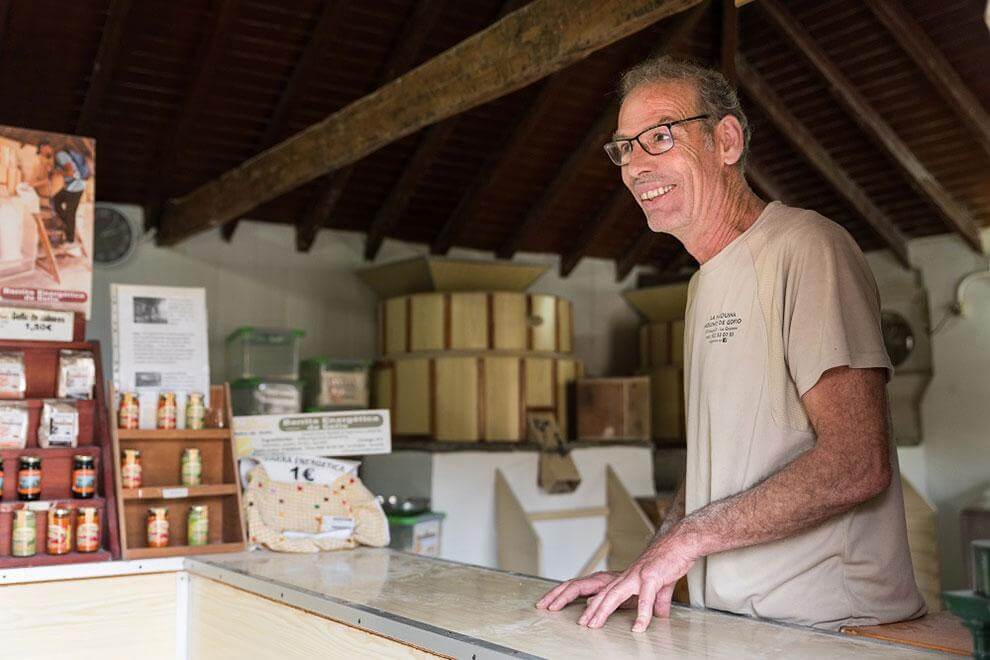
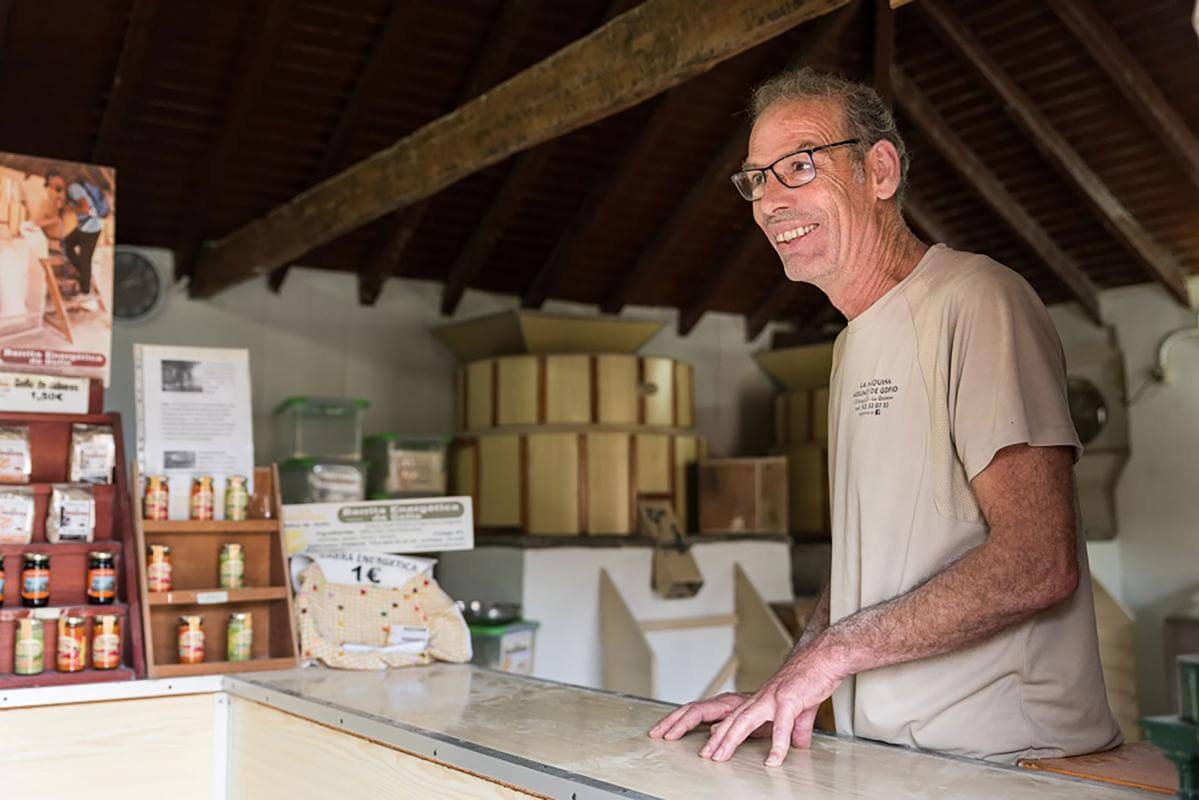
Cochineal Collector
Another typical Canarian profession that is at a low point is of the cochineal collector, a business that over time has become unprofitable and has forced many farmers and ranchers to diversify their production. The cochineal is a traditional crop of Lanzarote, a parasitic insect whose biological juices are used as a dye for fabrics or to make lipstick, which is collected by introducing live cochineal in cloth bags deposited on the leaf of the prickly pear cactus. Despite the fact that cochineal cultivation was the first industry in the Canary Islands at the beginning of the 19th century, today there are a few collectors remaining who dedicate themselves to this activity more as a hobby than as a business.
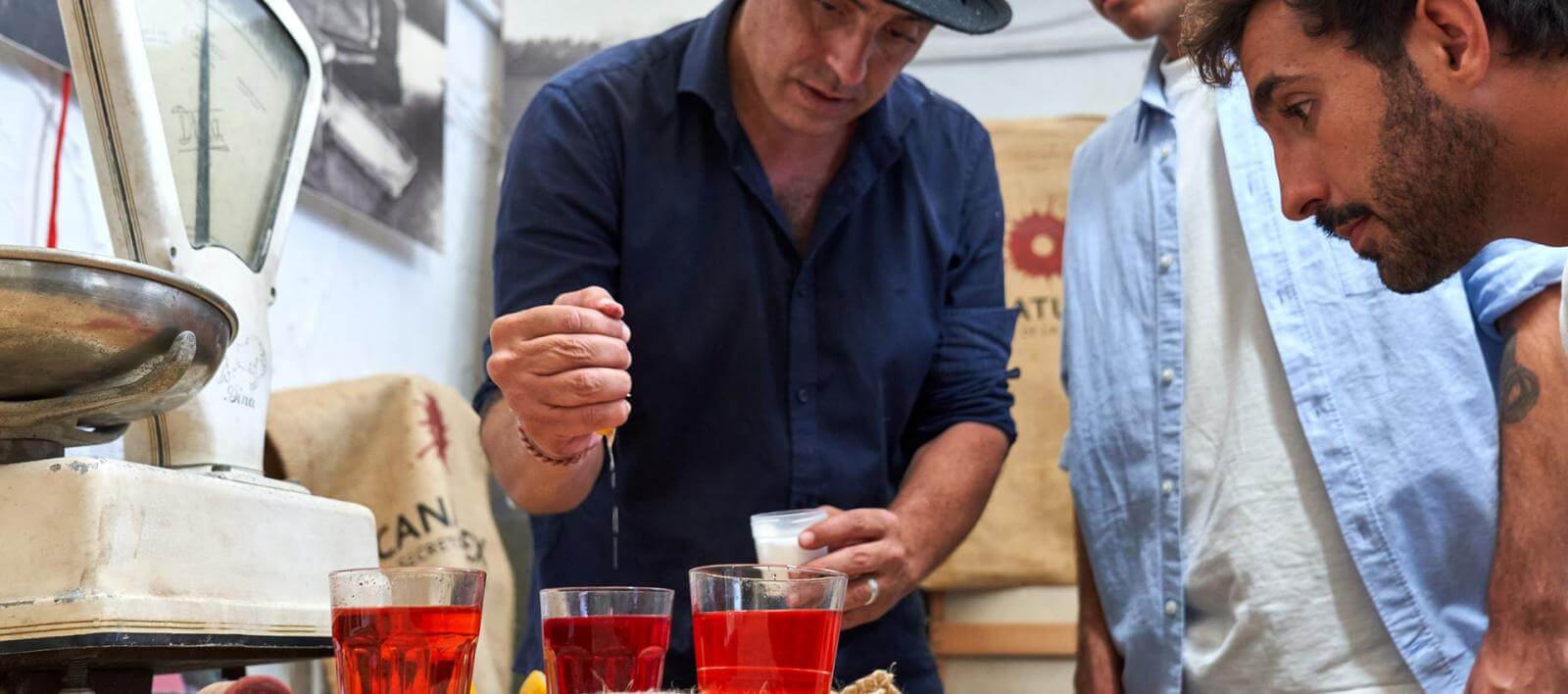
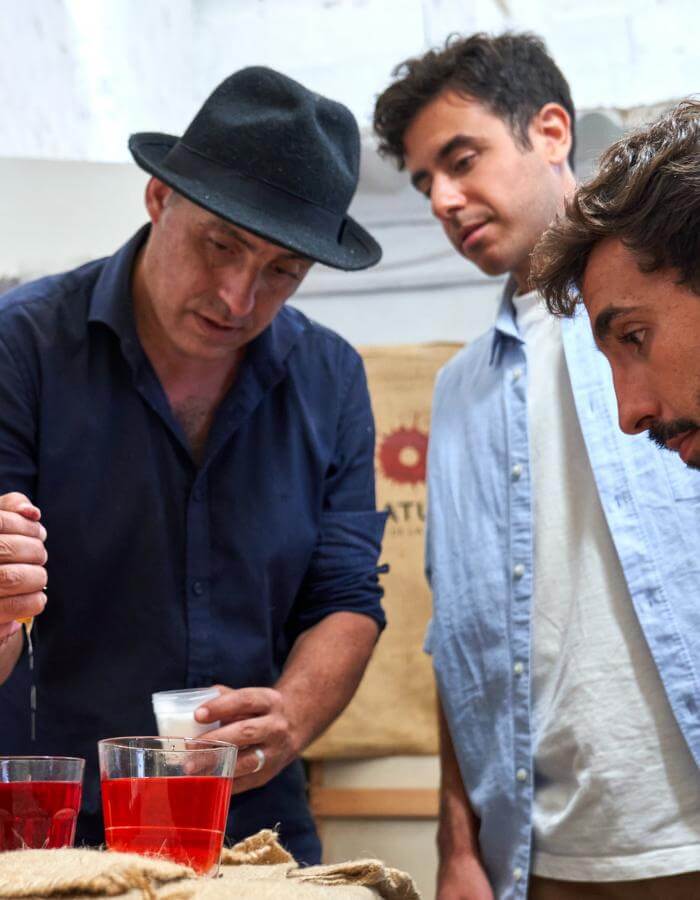
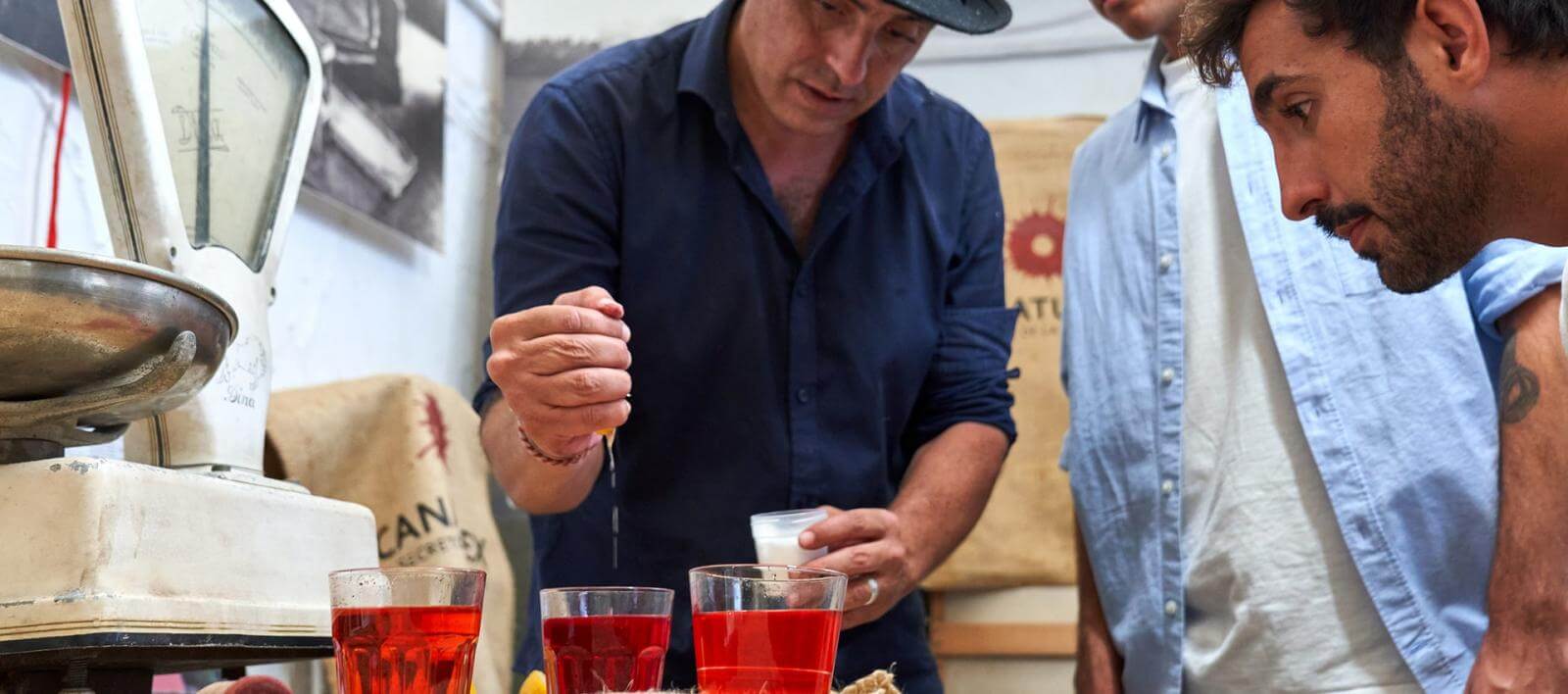
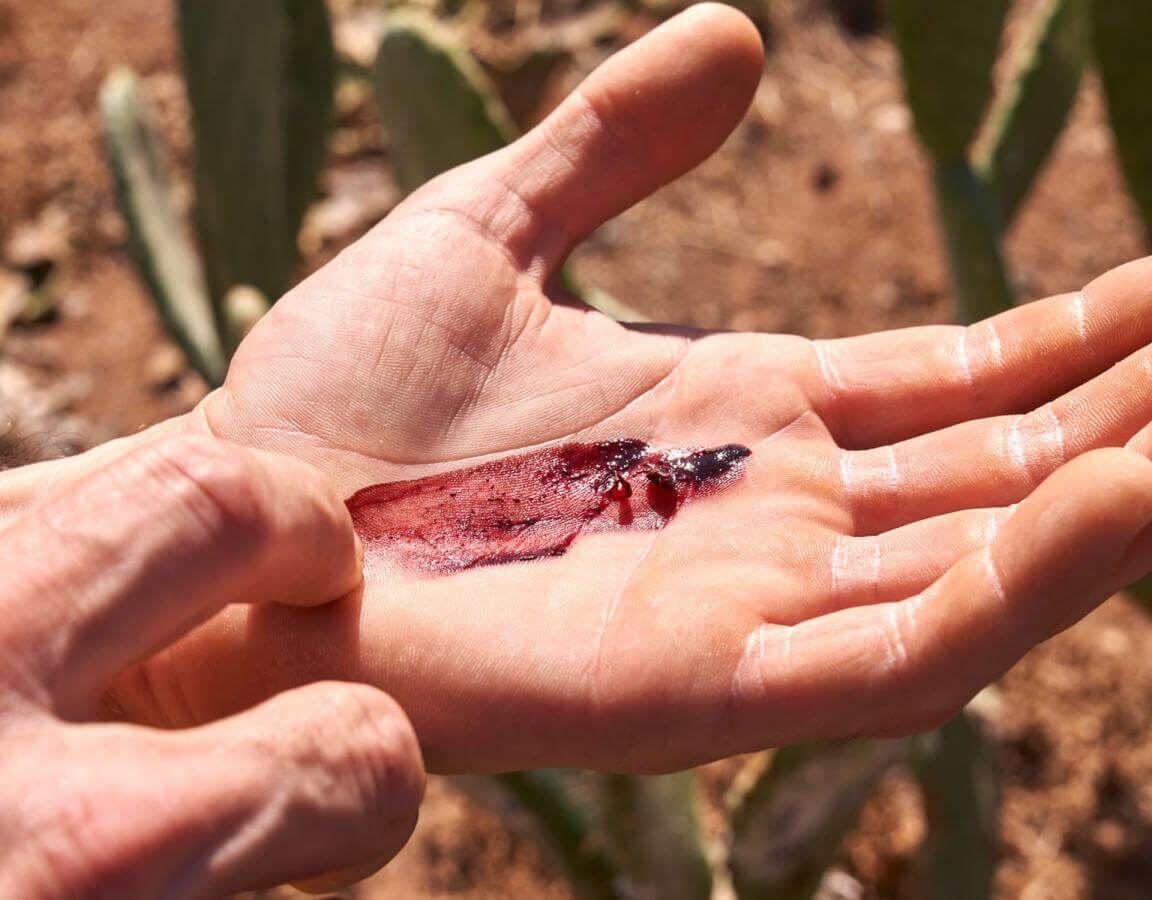
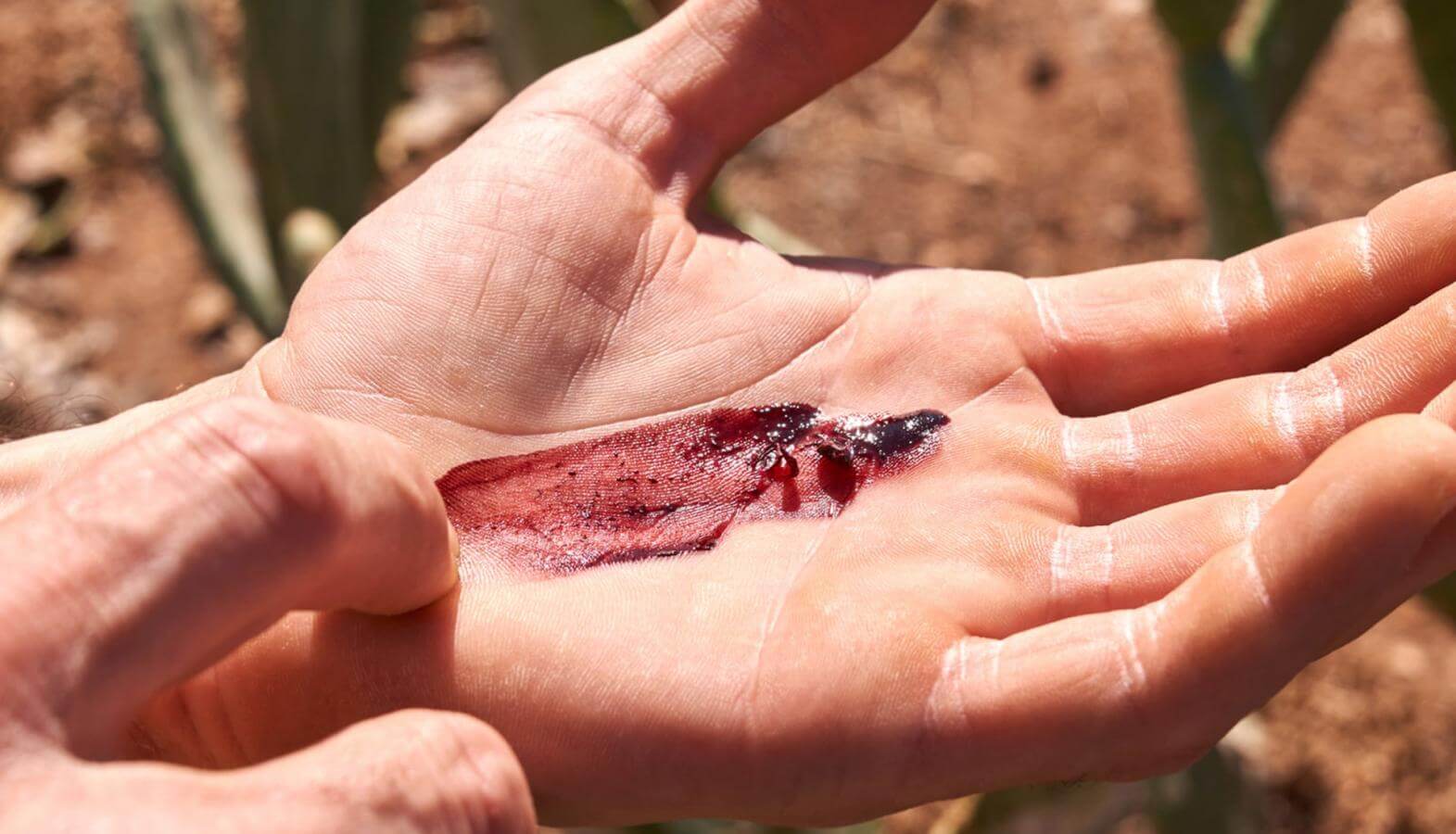
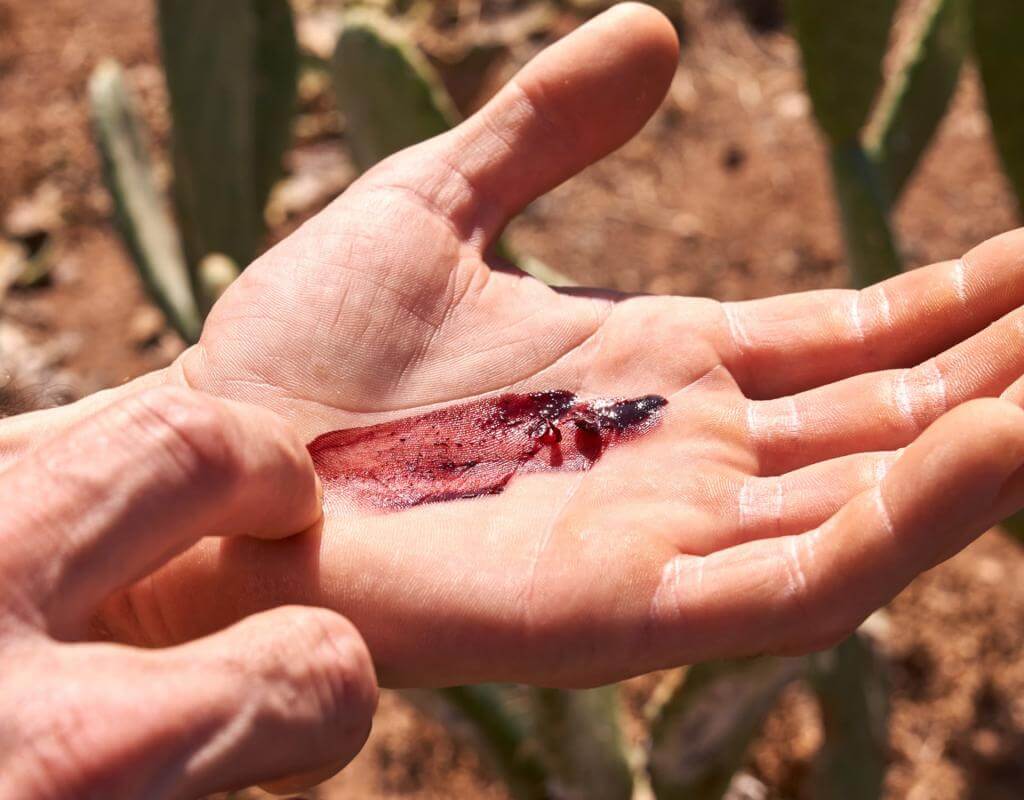
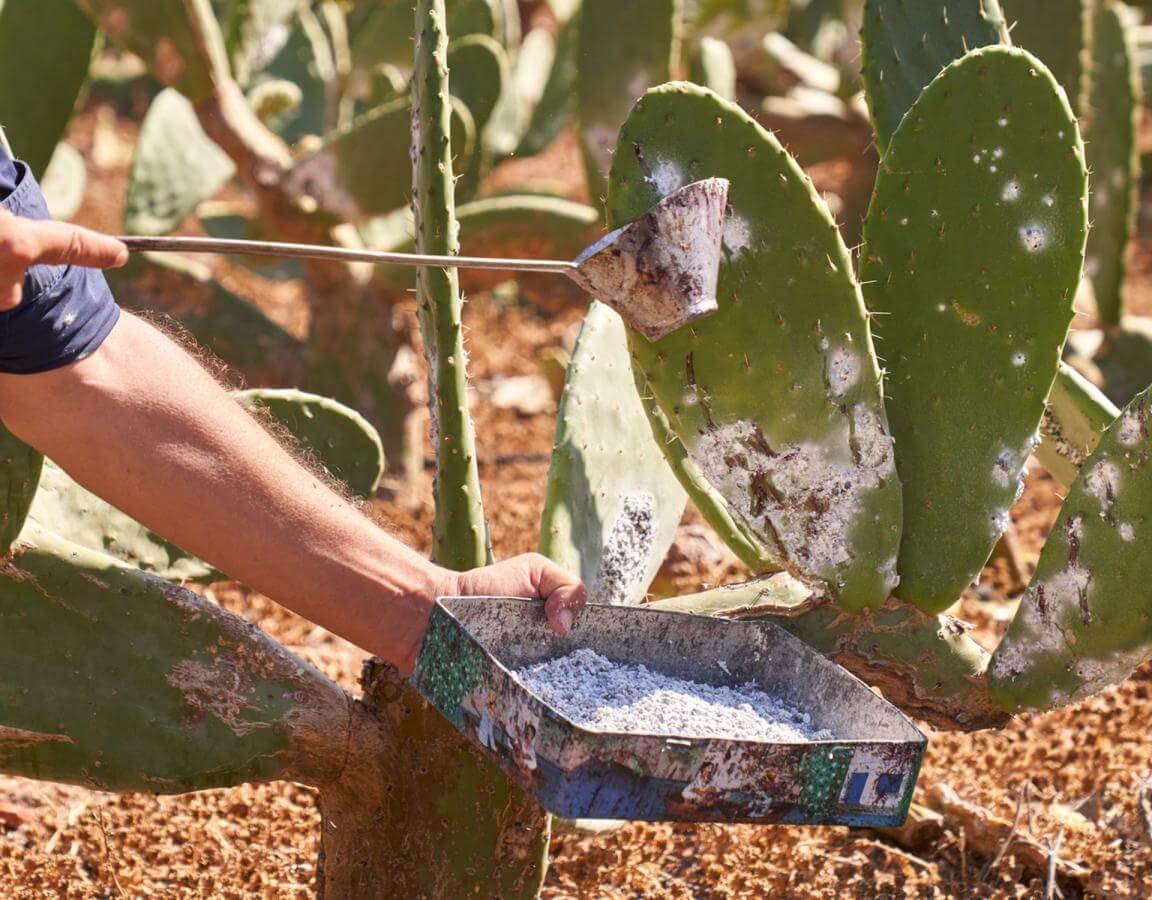
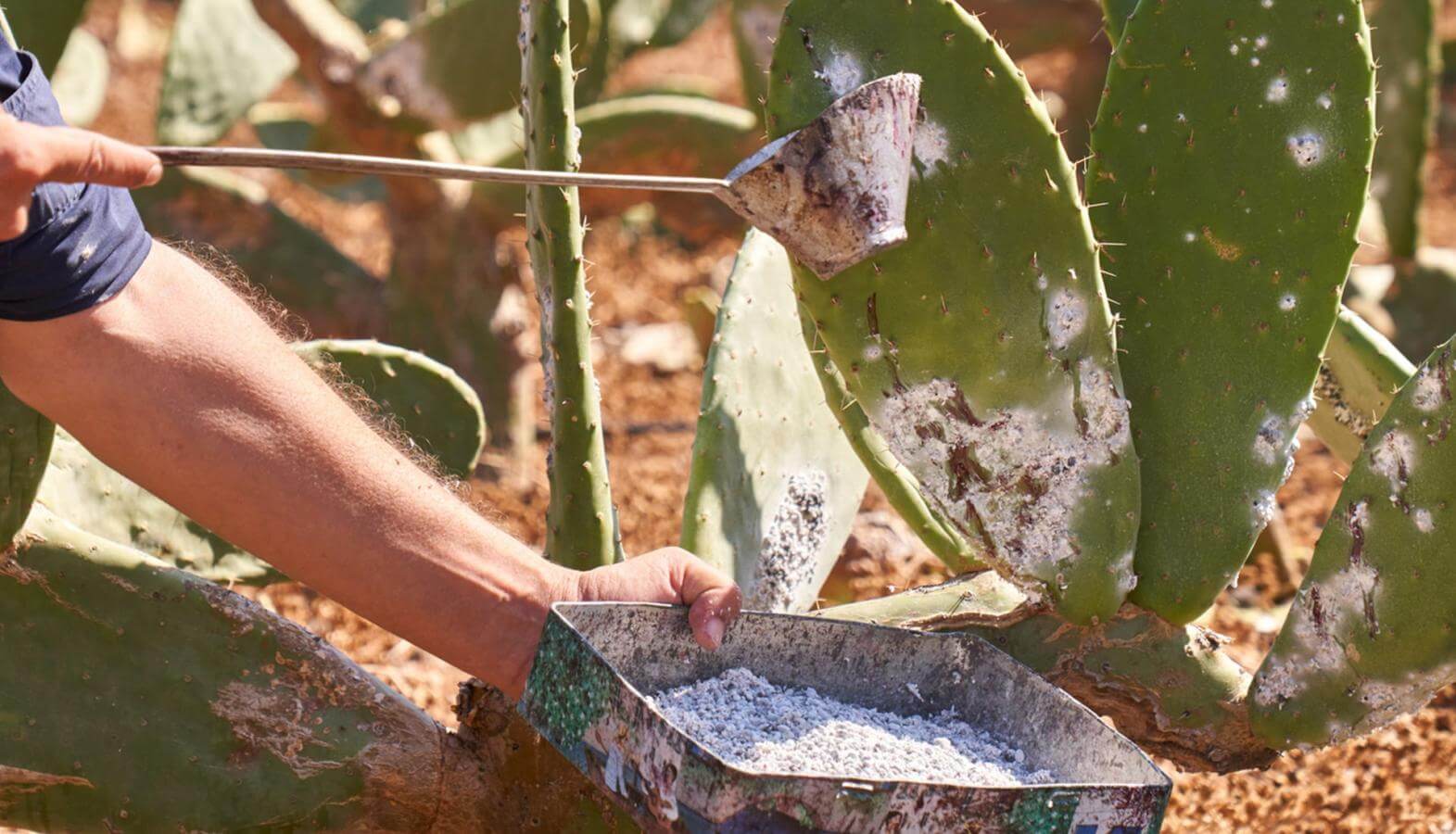
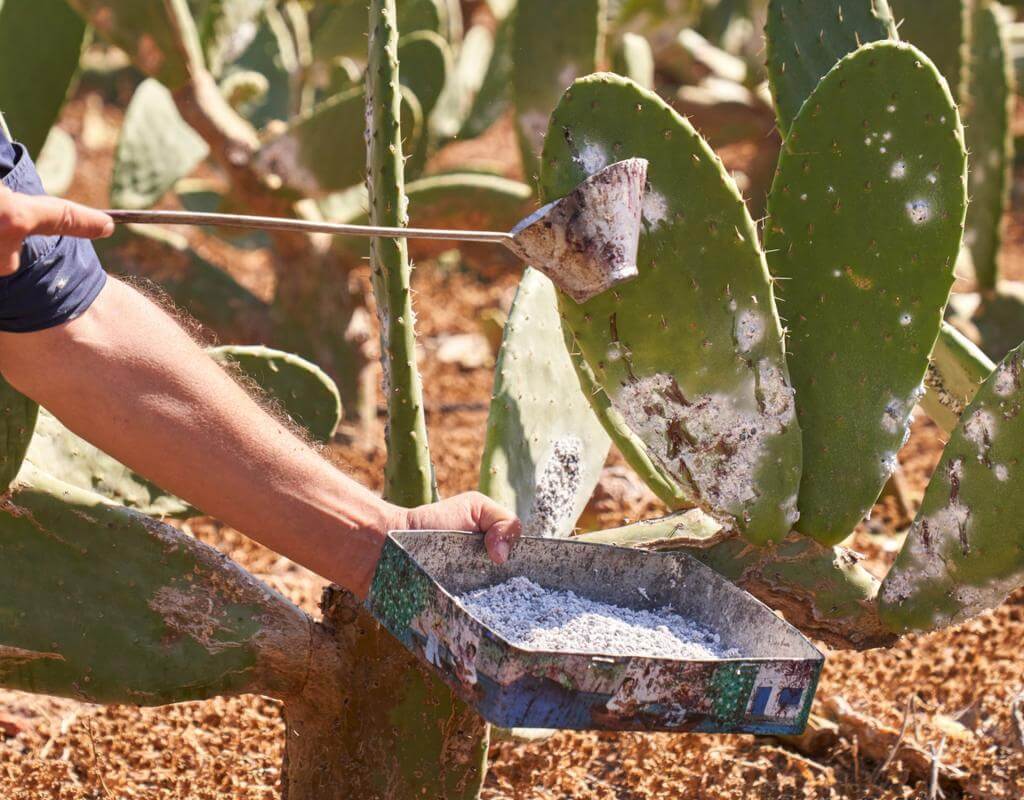
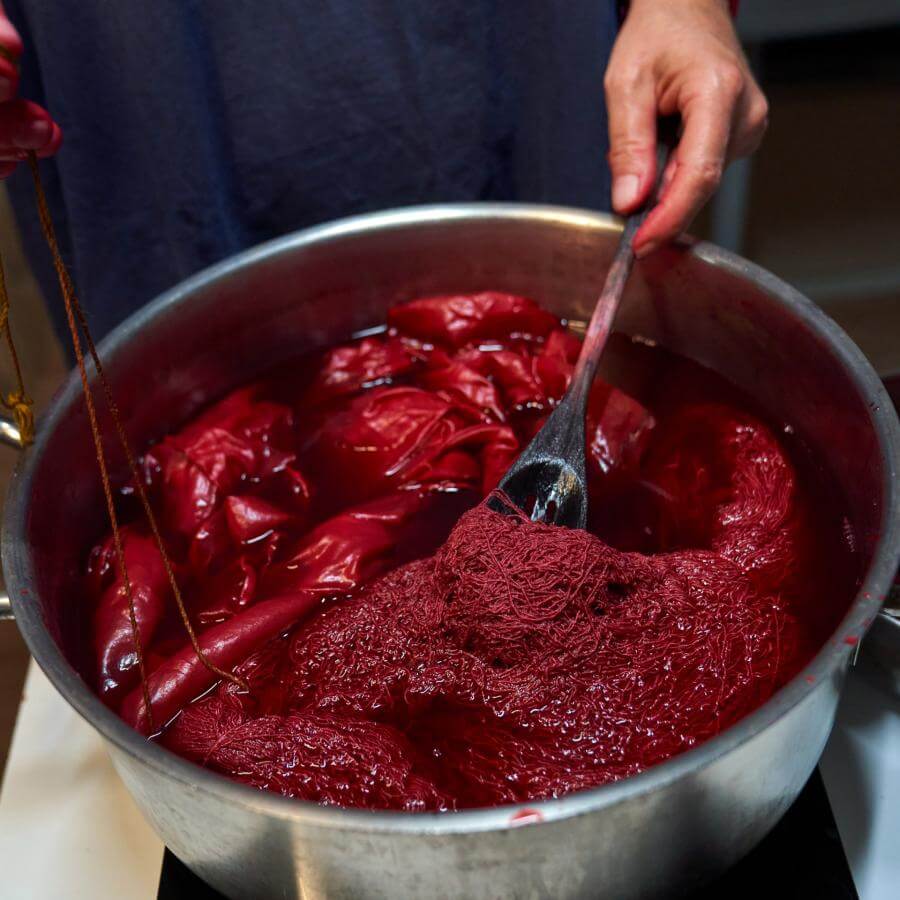
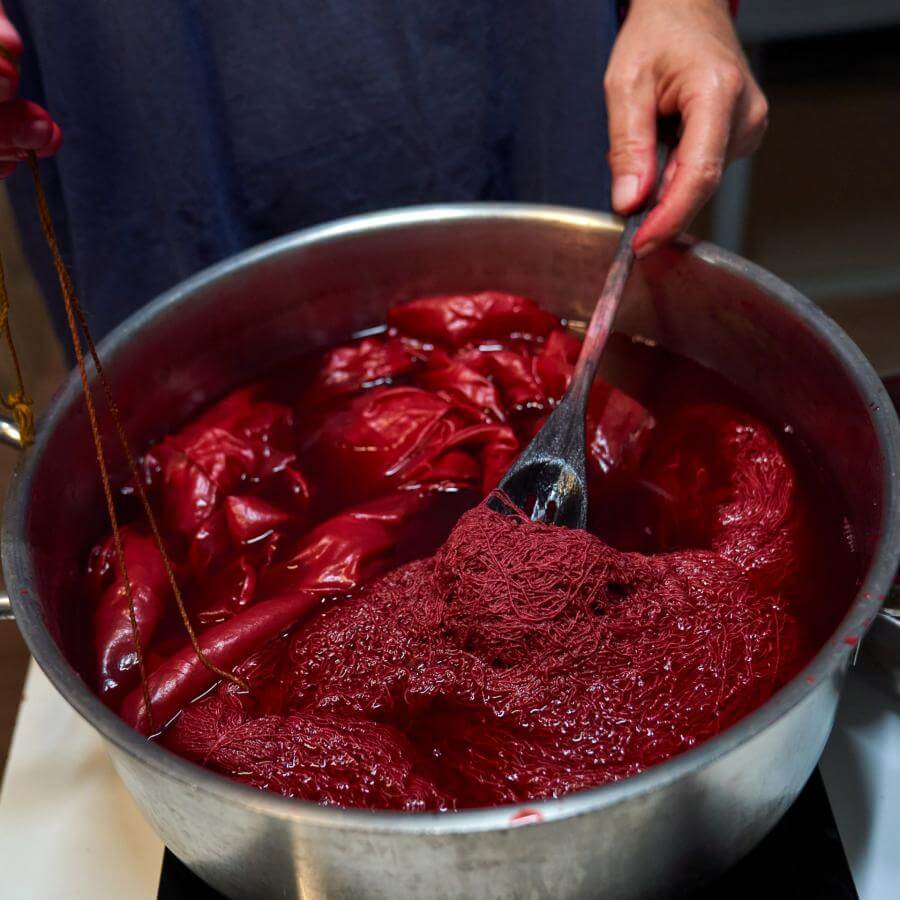
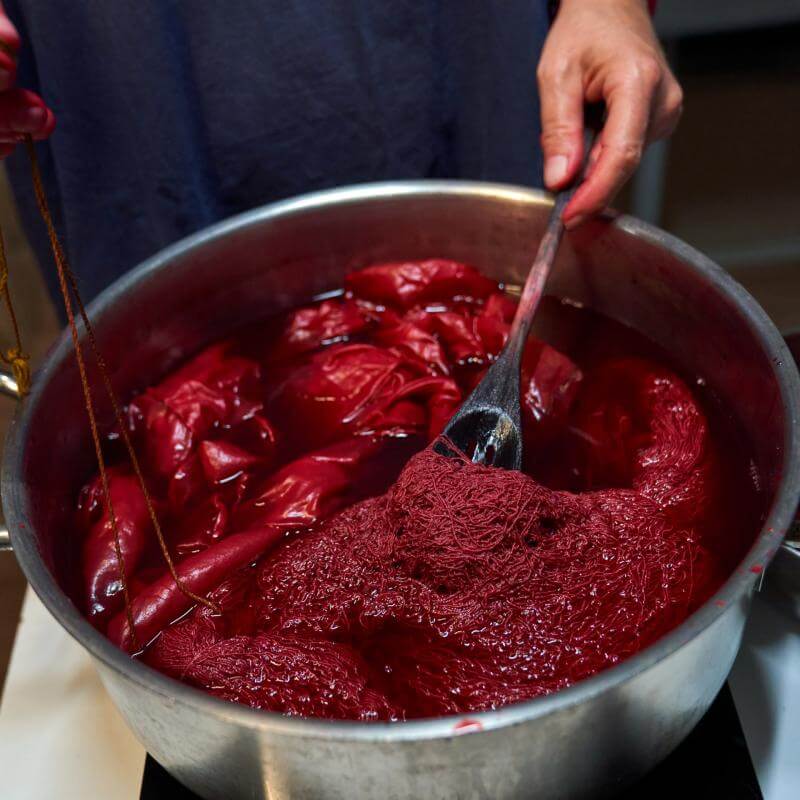
Guarapero
Guarapo or palm sap is a sweet juice rich in minerals and trace elements that is extracted from the Canary Island palm tree and used to make palm honey, which, according to a study carried out by the University of La Laguna (Tenerife), has more properties than bee honey. This is a typical product of La Gomera, for the collection of which the guaraperos climb very high palm trees and cut the upper leaves until they reach the soft area, from which the sap is extracted. Gofio mousse with guarapo is an unparalleled delicacy, not to mention the torta de cuajada, a dessert similar to a sponge cake made with soft cheese and served warm with palm honey.
